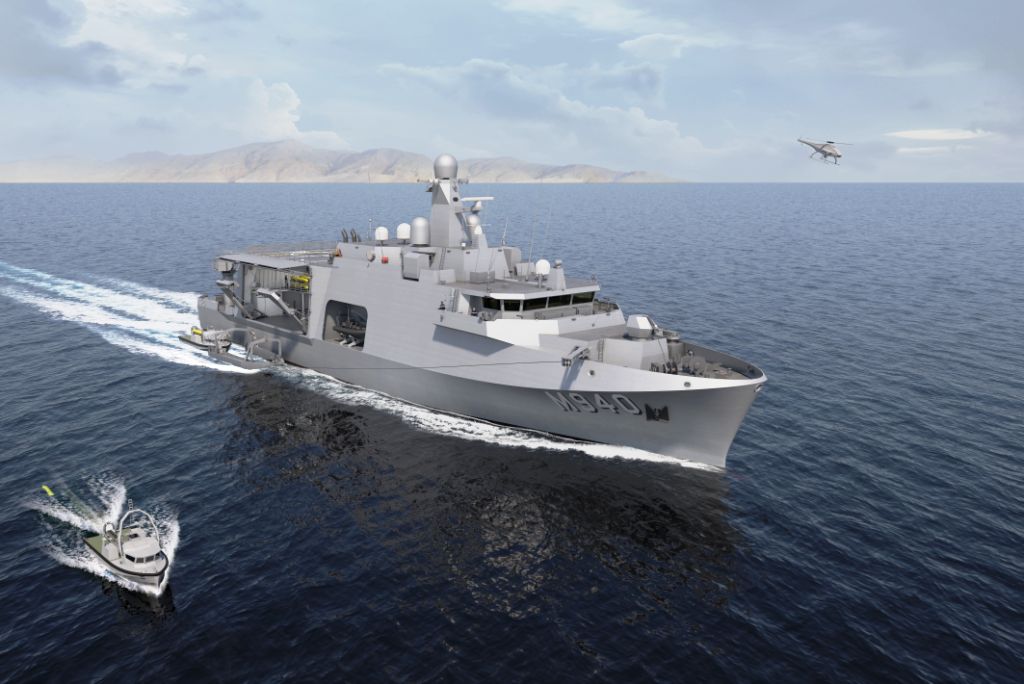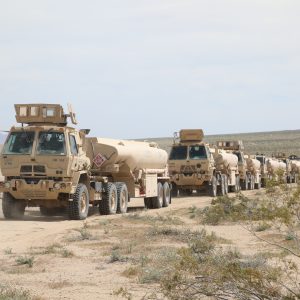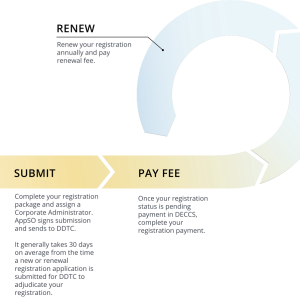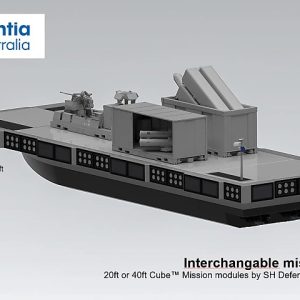Modular Remote Minehunting Modules (RMH) for unmanned surface vessels are emerging as a flexible, upgradable approach to mine countermeasures — this matters because navies need scalable, adaptable MCM capabilities in contested littorals. The ability to swap minehunting payloads without redesigning the host USV reduces risk, speeds refresh cycles and helps fleets respond to evolving mine threats and operating environments.
Key Facts
- Sources‑sought: NAVSEA’s Program Executive Office Unmanned & Small Combatants (PEO USC) issued a Remote Minehunting Module (RMH) sources‑sought/industry engagement in May 2025 to gather feedback on draft specifications and integration pathways.
- Modular host: The MCM USV is a modular surface drone that supports minehunting, minesweeping and mine neutralisation payloads via Payload Delivery Systems (PDS).
- Recent awards: The Navy has funded MCM USV hardware upgrades and additional PDS deliveries through a series of sub‑$25 million actions in 2024–2025.
- Why it matters: RMH modularity encourages vendor competition at the payload level, enables faster upgrades and improves availability through line‑replaceable units.
Context and the new development
Naval mine warfare is re‑emerging as a critical threat in congested waters. Traditional MCM assets — manned ships, helicopters and divers — expose crews to risk and often struggle with tempo. Unmanned surface vessels (USVs) have become central to modern approaches: the U.S. Navy’s MCM USV already integrates minehunting, sweeping and neutralisation payloads through standardised PDS interfaces.
On 14 May 2025, NAVSEA/PEO USC published a sources‑sought notice exploring Remote Minehunting Modules (RMH) as swappable, plug‑and‑play minehunting payloads. The intent is to decouple sensor evolution (e.g., next‑gen side‑scan/forward‑looking sonar and onboard classification) from the USV hull by enforcing common mechanical, power and data interfaces. That shift, while subtle, is strategically important: it moves MCM toward a catalogue of certified modules rather than bespoke, single‑vendor stacks.
Parallel contracts in 2024–2025 funded MCM USV material improvements and additional PDS units, sustaining the host platform while RMH specifications mature. Together, these steps point toward an ecosystem where navies can qualify, compete and refresh minehunting payloads on faster cycles.
Technical and operational implications
Plug‑and‑play payloads. RMH modules would formalise LRU‑style swaps for the minehunting function. A failed sensor or processor can be exchanged pier‑side, restoring availability without depot‑level work.
Faster tech refresh. Sonar performance, onboard classification and autonomy are advancing quickly. A modular RMH lets operators field improved sensors or AI classifiers without re‑architecting the USV.
Cross‑platform reuse. Standard interfaces enable reuse of RMH payloads across USVs, UUVs or even helicopter‑deployed rigs, subject to environmental qualification.
Integration discipline. Interfaces must address power budgets, heat rejection, shock, vibration, EMI/EMC and data latency to avoid hidden coupling that undermines modularity.
Data and AI pipelines. Modern minehunting relies on automated contact detection and classification. RMH payloads should include edge‑AI options with exportable metadata to accelerate post‑mission analysis and reduce operator burden.
Programme and procurement angle
Market‑engagement phase. The RMH sources‑sought invites industry comment before a formal RFP — a rare chance to shape interface standards, qualification criteria and test methods.
Incremental insertion. Existing PDS procurements for minehunt/sweep roles provide a practical path to trial RMH‑style interfaces, then transition to fully modular payloads.
Standards and certification. To protect interoperability, NAVSEA and allied bodies (e.g., NATO AEP working groups) should publish open interface control documents and environmental qualification profiles specific to RMH.
Industrial-based benefits. A module market opens competition for SMEs with niche sonar, processing or thermal solutions. Prime integrators retain the system‑of‑systems role while broadening supplier access.
Risks and alternatives
Risk — fragmentation. Without a clear interface baseline, competing RMH interpretations could erode plug‑and‑play goals. Governance via a standing configuration control board is essential.
Risk — SWaP ceilings. Advanced sonars and onboard processing may exceed USV size, weight and power margins. Early interface budgets and thermal constraints should be conservative.
Risk — test bottlenecks. Range time for realistic minefields and environmental conditions is scarce. A combined simulation + limited at‑sea validation regime can speed certification.
Alternatives. Some navies may favour monolithic MCM UUVs with integrated sonars for deep‑water work, or collaborative swarms of small sensors for rapid area coverage. RMH modularity is most compelling where USVs already serve as multi‑mission hosts.
Implications / Next
Through 2026, expect NAVSEA to refine RMH interface definitions and begin pilot module trials on the MCM USV. Vendors should prepare module concept papers, interface compliance maps and environmental test plans. Acquisition teams can hedge by continuing PDS buys while seeding RMH prototypes, ensuring the fleet benefits from near‑term capability and long‑term agility.
For broader context on naval autonomy and mine warfare trends, see Defence Agenda’s coverage below.
Further Reading
- Internal: Defence Agenda — Naval unmanned warfare & USV trends (analysis): https://defenceagenda.com/analysis
- Internal: Defence Agenda — Mine countermeasures & autonomous payloads (news): https://defenceagenda.com/news
- External: NAVSEA — MCM (Mine Countermeasures) fact file: https://www.navy.mil/Resources/Fact-Files/Display-FactFiles/Article/2169923/mine-countermeasures-mcm/
- External: NAVSEA/PEO USC — Remote Minehunting Module industry engagement (sources‑sought) (SAM.gov): https://sam.gov/opp/92918f9e0ab042fd92b38d1e0702f798/view
- External: Naval SBIR — Utilizing Mesh‑Networking for Greater Maritime Situational Awareness (context for modular maritime payload comms): https://www.navysbir.com/n23_2/N232-099.htm
References
- NAVSEA — Mine Countermeasures (MCM) fact file: https://www.navy.mil/Resources/Fact-Files/Display-FactFiles/Article/2169923/mine-countermeasures-mcm/
- SAM.gov — Remote Minehunting Module (RMH) industry engagement (sources‑sought): https://sam.gov/opp/92918f9e0ab042fd92b38d1e0702f798/view
- Naval SBIR — Mesh networking for maritime SA (related comms enabler): https://www.navysbir.com/n23_2/N232-099.htm












